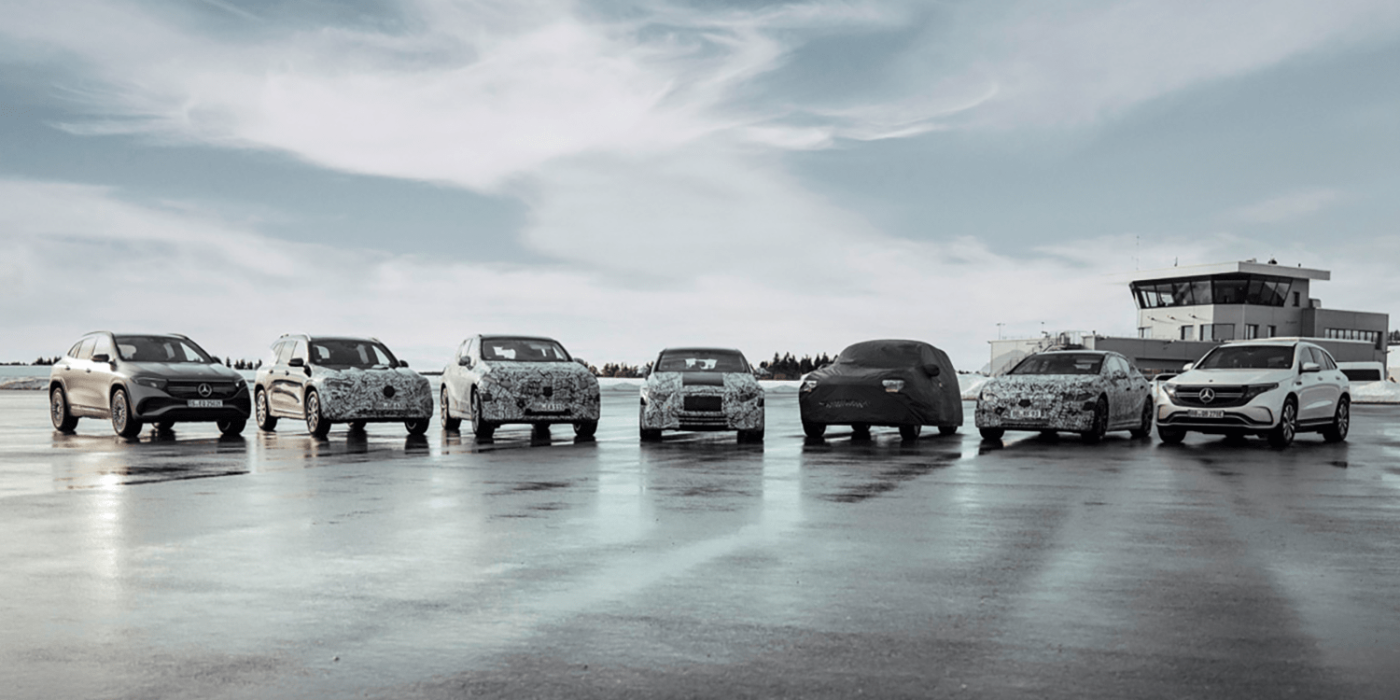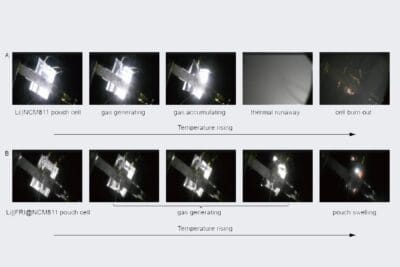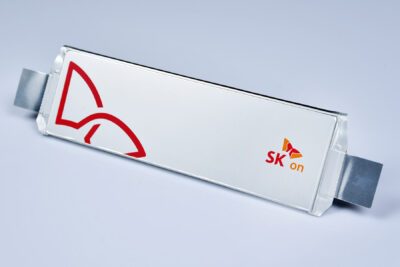Daimler to exclusively introduce EV platforms from 2025
Daimler presented its updated plans for the upcoming switch to electric mobility at an investor day. The goal: Mercedes-Benz is preparing with new platforms and battery factories to become fully electric before the end of the decade – with one caveat.
Namely, Mercedes wants to become purely electric “wherever market conditions permit”. The carmaker’s statement does not define this more precisely – Europe and North America are likely to be included, Latin America probably not. However, the classification of China is likely to be exciting. “China is to play a key role in the accelerated electric strategy of Mercedes-Benz,” Daimler writes in the memo – but does not explicitly confirm whether or not the changeover is to take place there before 2030.
Specifically, it confirmed what has already become apparent based on the current. It announced EQ models: From 2022, Mercedes-Benz intends to offer battery-electric vehicles in all segments in which the brand is active. “The EV shift is picking up speed – especially in the luxury segment, where Mercedes-Benz belongs,” says Daimler CEO Ola Källenius. “The tipping point is getting closer, and we will be ready as markets switch to electric-only by the end of this decade.”
This includes the newly announced platform strategy – Daimler refers to this as architectures. This year sees the debut of the EQS based on the new Electric Vehicle Architecture (EVA). At the same time, the Mercedes Modular Architecture is also due to arrive in 2024 as a mixed platform for compact cars – this will be developed with an E-focus but can still accommodate internal combustion engines.
Three new EV platforms in 2025
The MMA could then also become one of the last combustion engine-compatible platforms from Daimler. This is because three new pure E-platforms are to make their debut in 2025. MB. According to Daimler, EA covers all medium-sized and large passenger cars above the MMA and “will be the electric basis of the future BEV portfolio as a scalable modular system”. For the performance models, the AMG.EA “electric platform designed for top performance” is intended to “address the needs of Mercedes-AMG’s technology-savvy and performance-oriented customers”. Electric vans and light commercial vehicles are to be launched based on the also new VAN.EA. All other new platforms are subsequently also to be purely electric.
“This step marks a profound reallocation of capital,” says Källenius. “By managing this faster transformation while safeguarding our profitability targets, we will ensure the enduring success of Mercedes-Benz. Thanks to our highly qualified and motivated workforce,
I am convinced that we will be successful in this exciting new era.” Källenius is sticking to the already known profitability targets despite (or possibly because of) the accelerated transformation.
To keep the company profitable, which will only consist of the passenger cars and vans divisions after the truck and bus business spin-off, Daimler wants to increase its value-added shares and insource its drive technologies. To this end, Daimler will also acquire the British electric motor specialist Yasa. “With this deal, Mercedes-Benz gains access to unique axial flux motor technology and expertise to develop next-generation ultra-high performance motors,” Daimler wrote.
In other words, instead of buying in the drives (as is the case with the EQC and EQV), Daimler wants to expand not only development competencies but also the associated production. Own electric motors are an important part of the strategy “with a clear focus on the efficiency and cost of the entire system, including inverters and software”.
Eight cell factories planned with partners
Daimler also wants to create some of the value for the batteries for the new platforms – the global demand is estimated at more than 200 GWh: Together with partners, eight gigafactories for cell production are to be set up worldwide – but no target year for this is mentioned. The cells are then processed in the nine already planned and existing plants for the production of battery systems. “Cell production will allow Mercedes-Benz to transform its established powertrain production network,” Daimler says.
Mercedes is not yet naming names or locations – but says it wants to develop and efficiently produce future cells as well as modules “with new partners” in Europe – whatever that means for existing cell suppliers and partners (such as Farasis Energy).
In this context, the Stuttgart-based company is also planning a kind of “standardised cell”, but is probably not going as far as the VW Group. “Next-generation batteries will be highly standardized and suitable for use in more than 90% of all Mercedes-Benz cars and vans while being flexible enough to offer individual solutions to all customers,” the statement reads. However, it does not say whether that means a standardised modular system with different formats or a rigid format with different cell chemistries for the respective segments.
Vision EQXX to achieve a range of 1,000 kilometres – thanks to high efficiency
In the announcement, Daimler also confirms plans for the recycling factory in Kuppenheim, Baden, which we reported on earlier. “The start is planned for 2023 – depending on the promising talks with the authorities,” it now says.
To illustrate the advances in battery expertise and vehicle construction, Daimler has also announced the Vision EQXX concept vehicle, which will be unveiled in 2022. The EQXX is expected to have a real-world range of more than 1,000 kilometres – not because of an enormously large battery, but a “single-digit consumption value for kilowatt-hours per 100 kilometres at normal speed on the motorway”. Furthermore, the findings in battery, high-efficiency drive (in which experts from Mercedes-Benz F1 High-Performance Powertrain (HPP) are also involved) and also aerodynamics are to be “transferred to the new vehicle architectures from Mercedes-Benz”.
In addition to the range, electric cars are also to be made suitable for the masses with improved charging services. Mercedes refers to the premiere of “Plug&Charge” in the EQS but does not announce any further models with the function. They are working with Shell on the expansion of the “Mercedes me Charge” charging network. And: Mercedes is planning its own “premium charging stations” in Europe, “which will offer customers a customised charging offer at outstanding locations”. Audi and Porsche have already presented similar concepts.
With reporting by Sebastian Schaal, Germany.





0 Comments